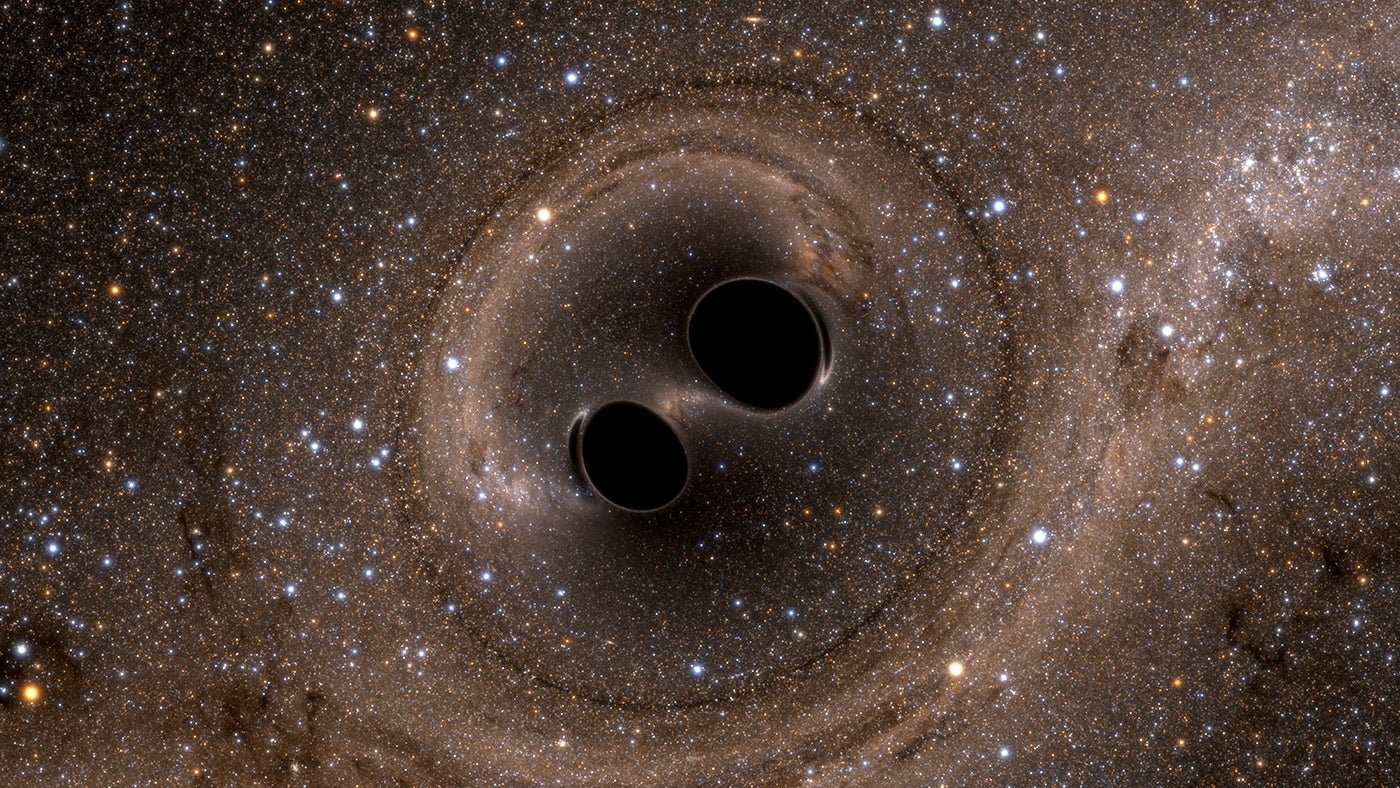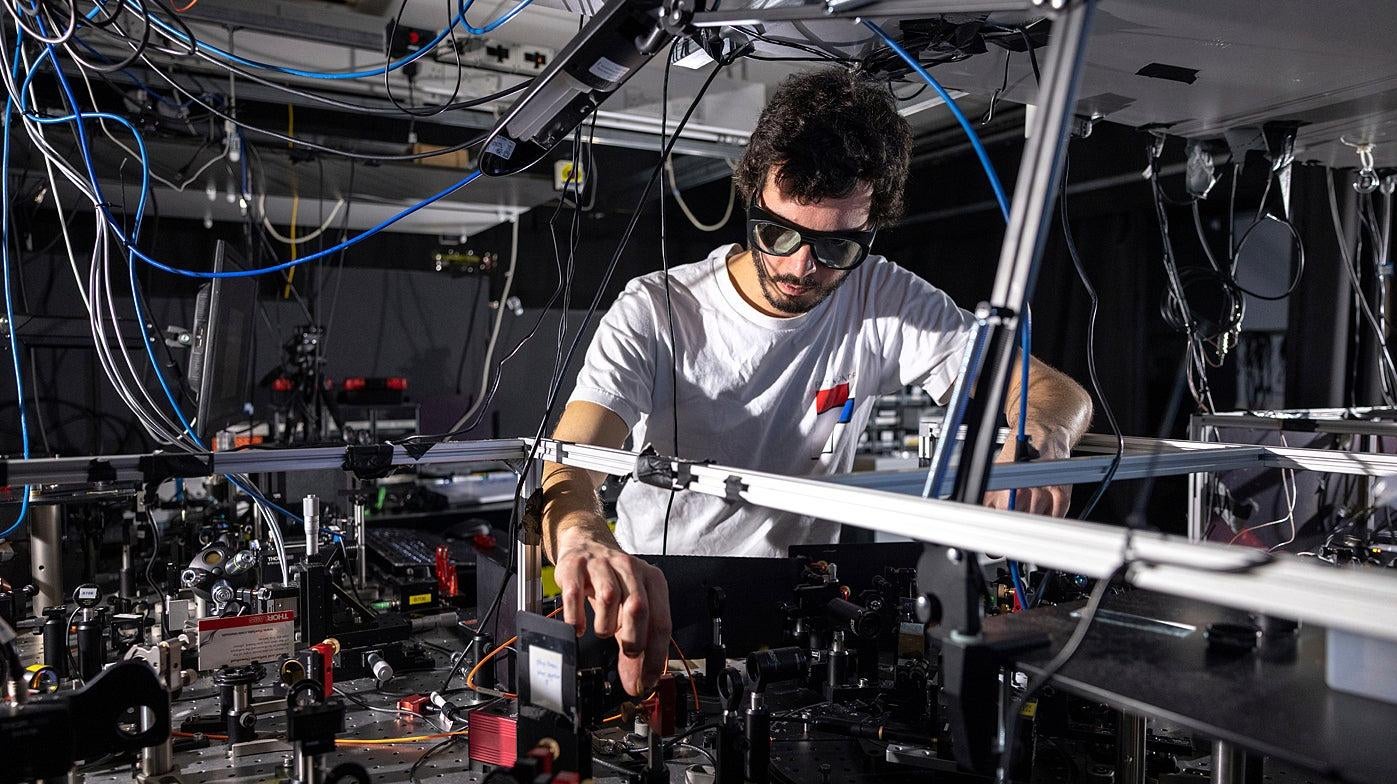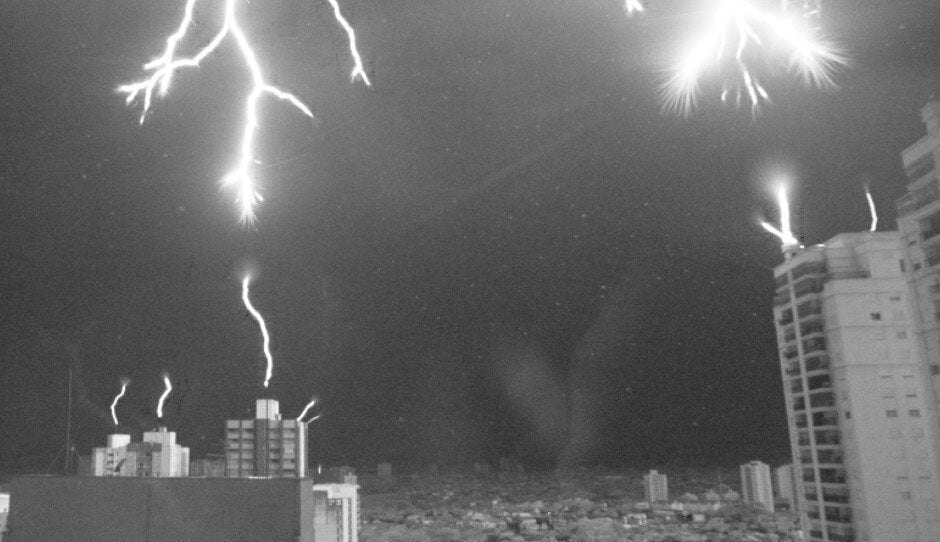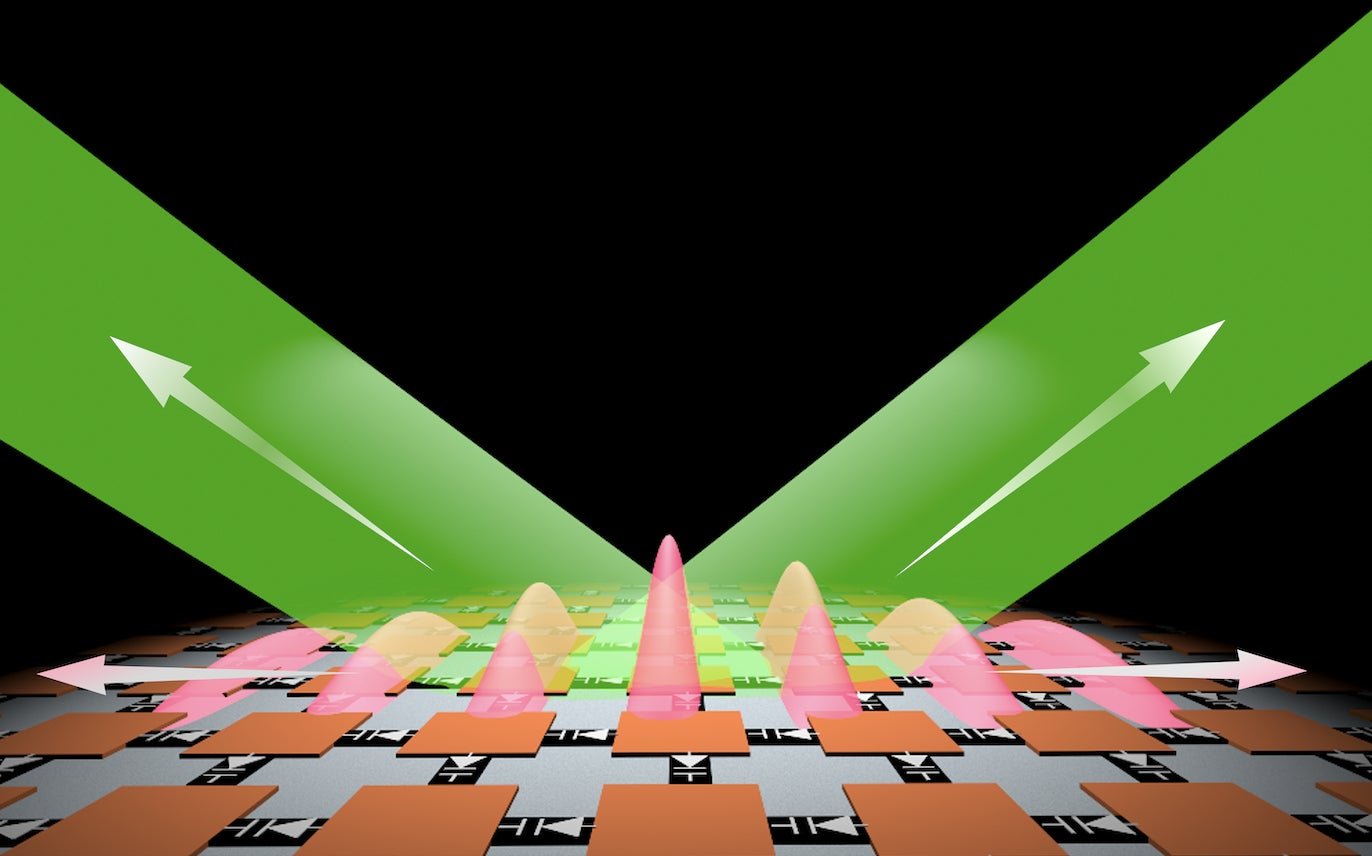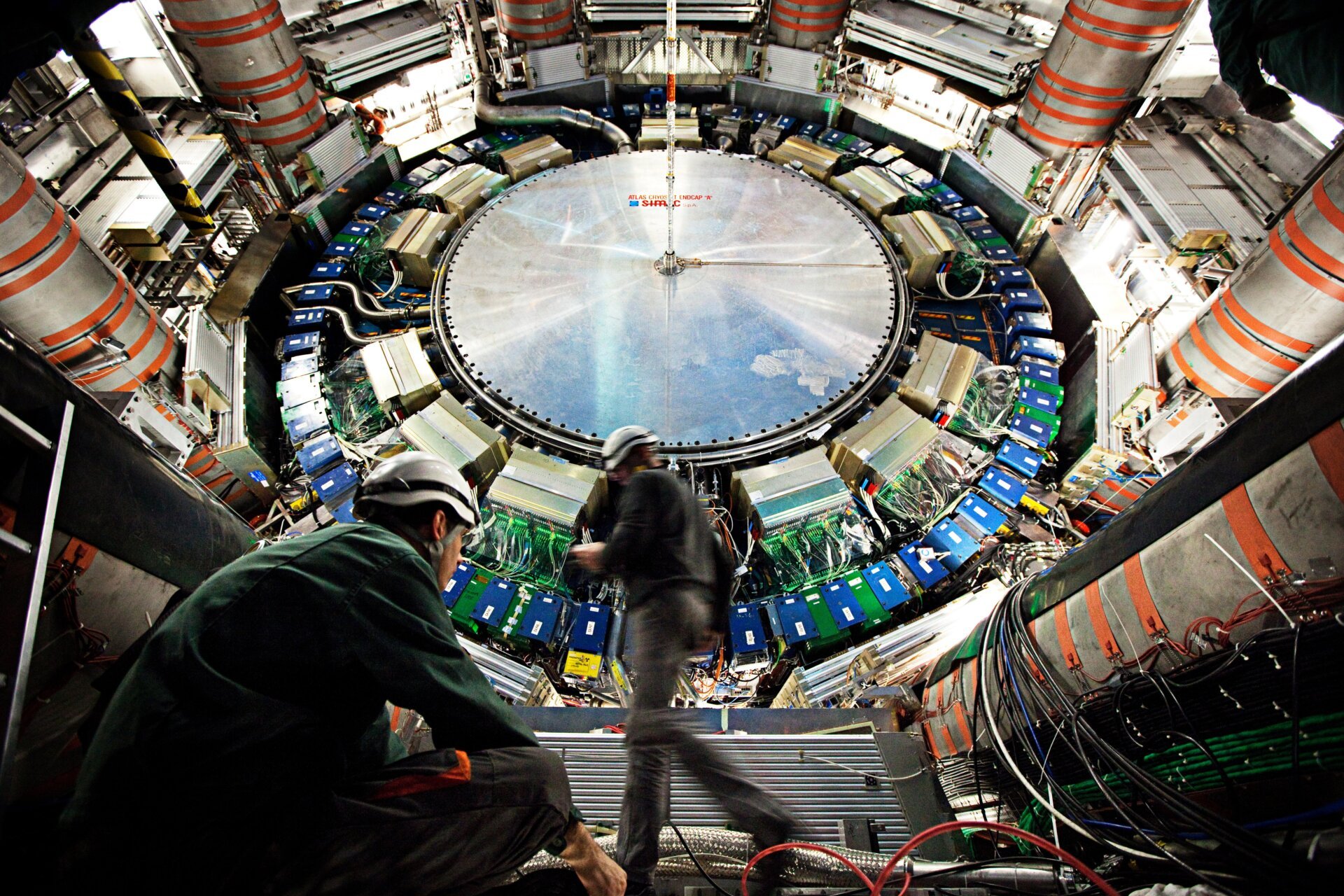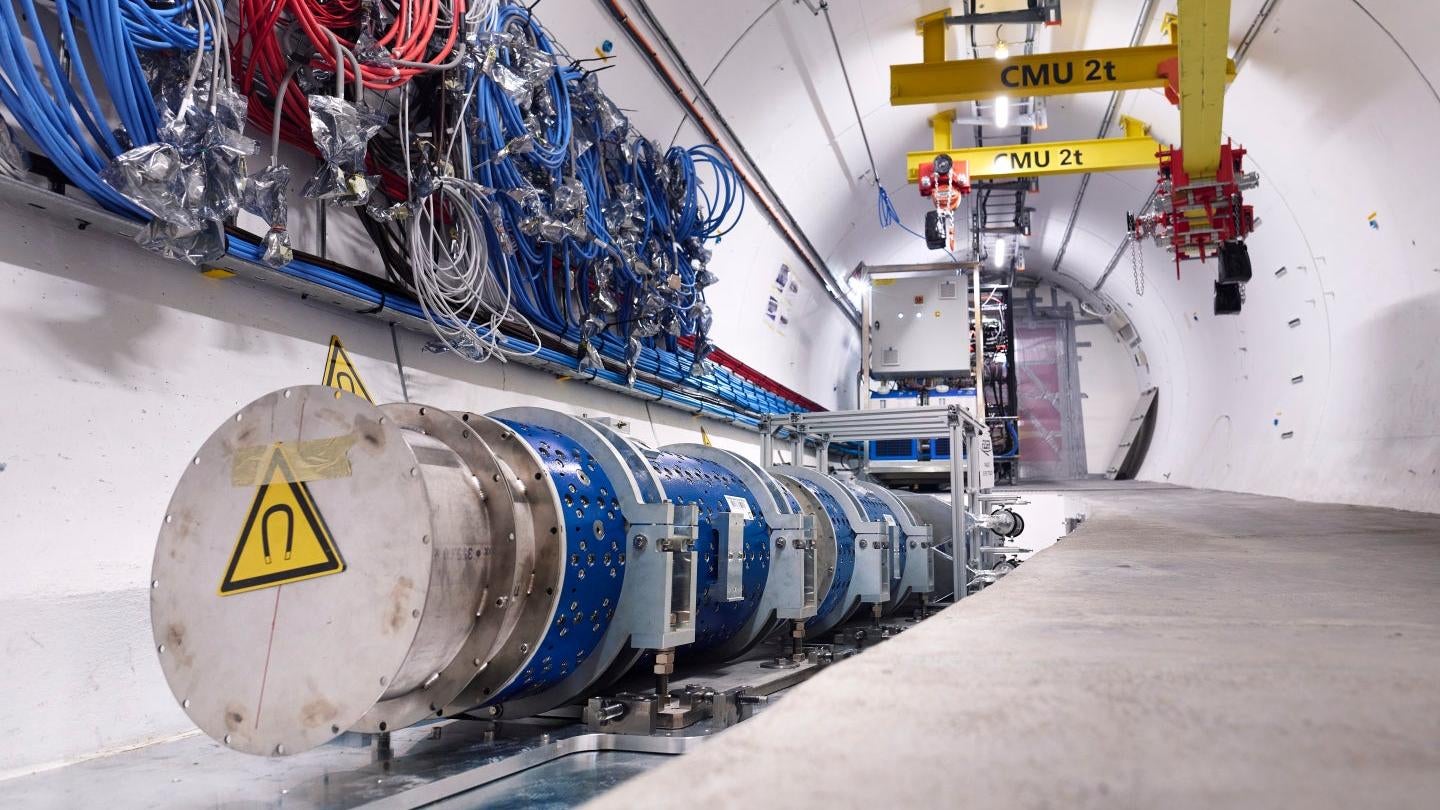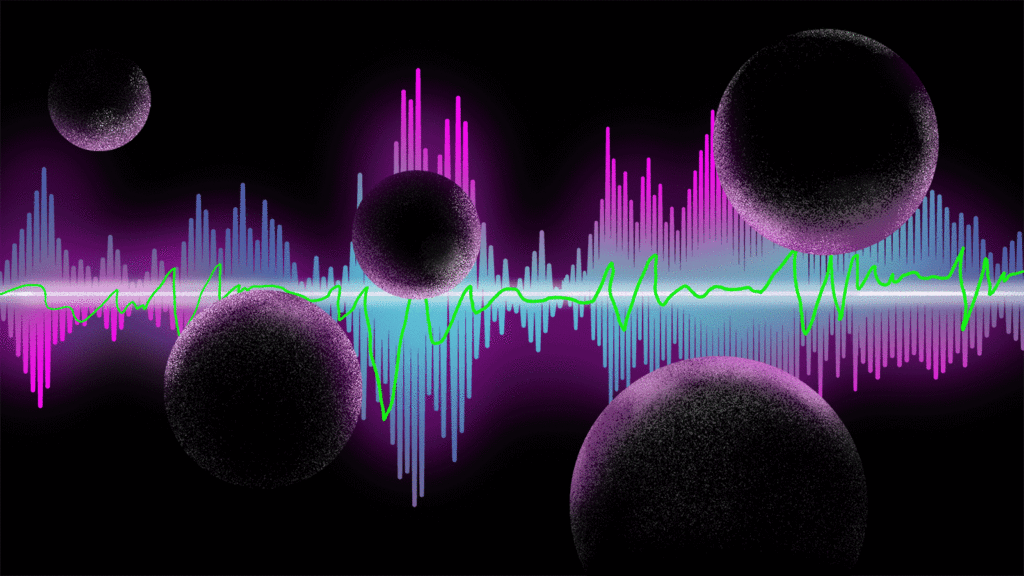The Big Bang, a moment of immense heat and light, birthed the universe as we know it. But what if a second, darker bang followed, creating the enigmatic substance known as dark matter? This intriguing theory, proposed by physicists Katherine Freese and Martin Winkler at the University of Texas, Austin, suggests that dark matter may have originated in a separate “Dark Big Bang” days after the initial cosmic explosion. This could explain why dark matter has remained elusive and offer new avenues for its detection.
The conventional Big Bang theory describes the creation of ordinary matter, like atoms, in the early universe’s hot, dense environment. As the universe cooled and expanded, these atoms formed galaxies and stars, held together by the gravitational influence of dark matter. This invisible substance, comprising an estimated five-sixths of the universe, provides the necessary gravitational pull to prevent stars from escaping their galaxies. However, its origin remains a mystery.
While traditional theories posit that dark matter originated alongside ordinary matter in the Big Bang, Freese and Winkler challenge this assumption. They highlight the lack of evidence for dark matter’s existence before the era of structure formation. Their “Dark Big Bang” theory suggests dark matter might have formed as late as a month after the initial Big Bang—a significant delay in cosmological terms.
This revolutionary theory has profound implications for dark matter detection. Like ripples in a pond after a stone is thrown, massive cosmic events generate gravitational waves. The Dark Big Bang, if it occurred, would have produced its own set of these spacetime ripples. However, these waves would be too faint and slow for detection by instruments like LIGO, designed to detect gravitational waves from events like black hole collisions.
Freese and Winkler propose an alternative detection method: observing the impact of these gravitational waves on pulsars. Pulsars, rapidly spinning neutron stars, emit beams of light at regular intervals. These beams could be subtly affected by the passage of gravitational waves from the Dark Big Bang. Projects like the International Pulsar Timing Array and the Square Kilometer Array, which combine data from multiple pulsars, could potentially detect these subtle effects and provide evidence for the Dark Big Bang.
This new theory arises at a crucial juncture in the search for dark matter. The difficulty in detecting dark matter lies in its apparent ability to pass through ordinary matter without interaction. Current detectors have failed to capture these elusive particles, raising concerns that dark matter interacts with our world only through gravity, a force too weak to measure in laboratory settings.
The Dark Big Bang theory offers a solution to this challenge. It suggests that even if dark matter interacts solely through gravity, its detection remains possible through the observation of its gravitational waves. This provides a new hope for unraveling the mystery of dark matter and completing our understanding of the universe.
The coming years hold the potential to reveal the aftershocks of the Dark Big Bang and finally illuminate the dark side of our universe.



